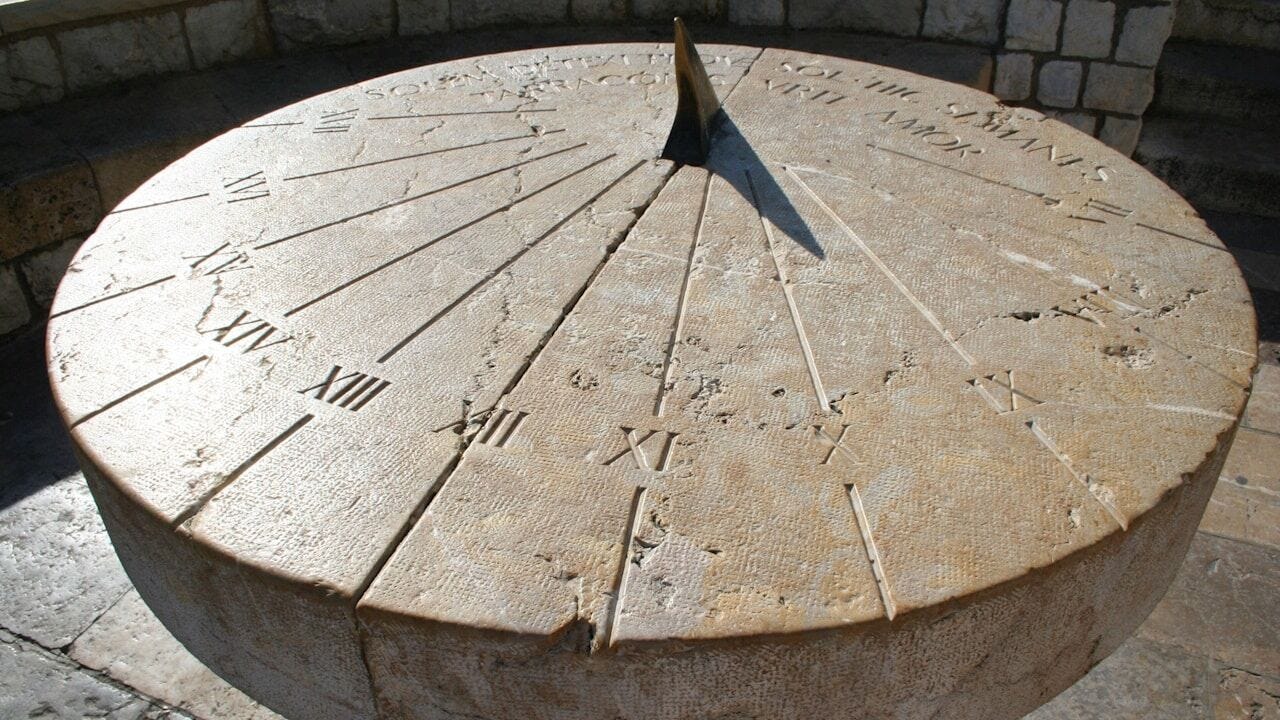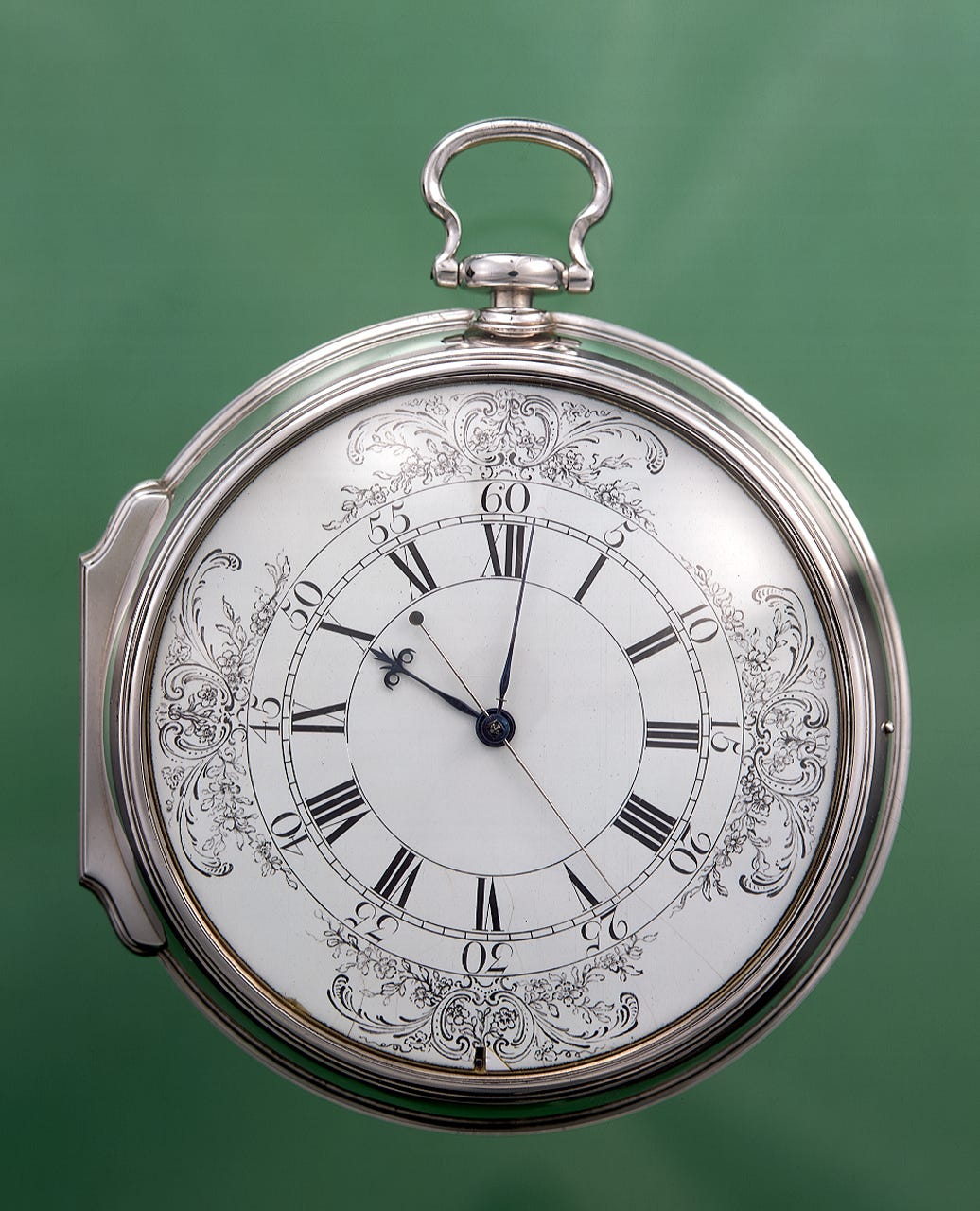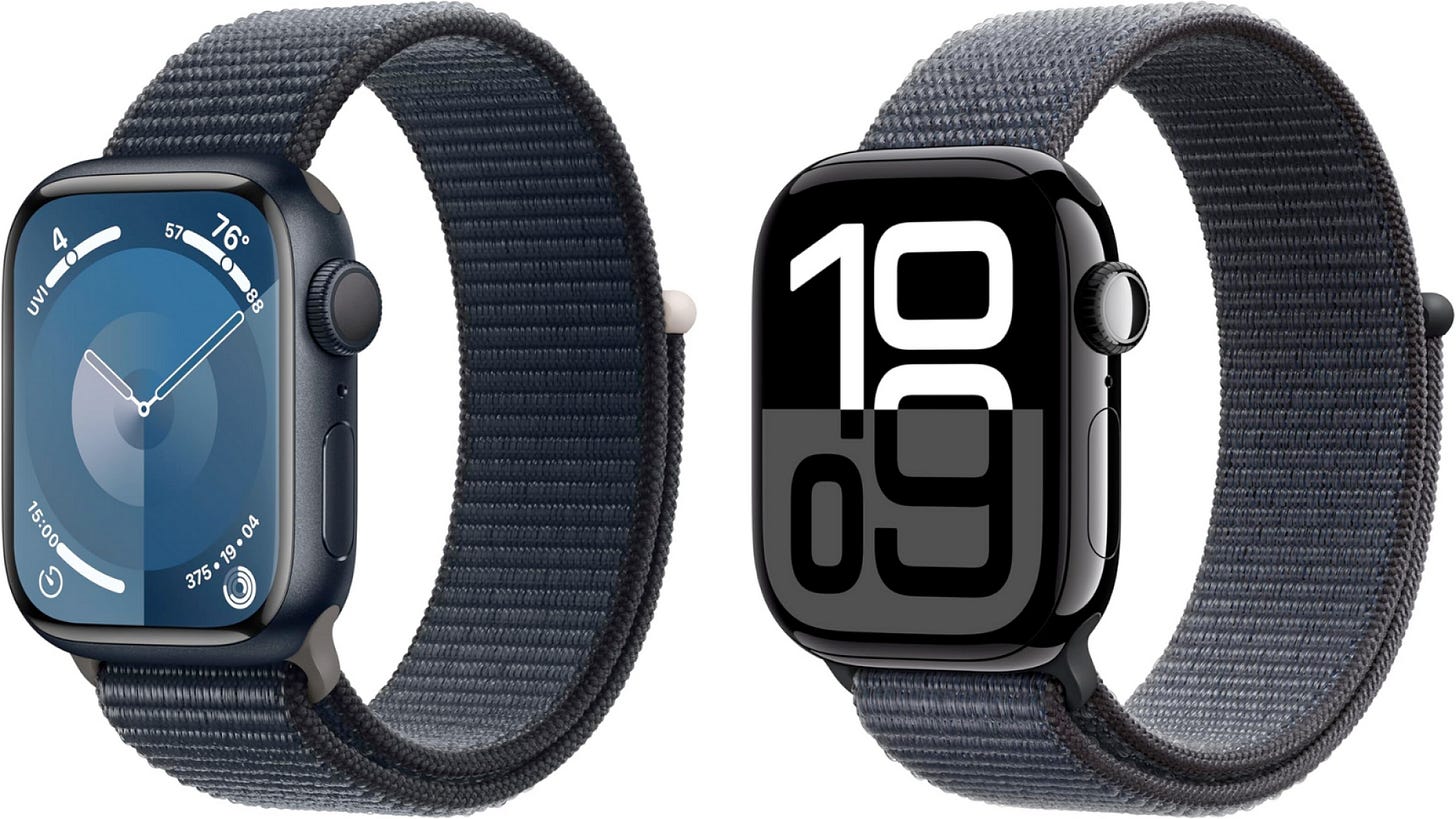The Evolution of Timekeeping: From Sundials to Smartwatches
A Journey Through the Ages of Measuring Time
Welcome watch enthusiasts! Today, we’re embarking on a fascinating journey through the history of timekeeping—a story that spans thousands of years, from the shadows cast by ancient sundials to the sleek, tech-packed smartwatches on our wrists today. Whether you’re a collector of vintage mechanical watches or a fan of the latest Apple Watch, there’s something magical about how humans have learned to measure time. So, grab a cup of coffee and let’s travel through the ages of timekeeping, complete with stories, facts, and numbers to tickle your curiosity.
The Dawn of Timekeeping: Sundials and Water Clocks (3000 BCE)
Our story begins around 3000 BCE in ancient Egypt, where the earliest known timekeeping device—the sundial—was born. These simple yet ingenious tools used the sun’s shadow to mark the passage of hours. A vertical stick, called a gnomon, cast a shadow on a marked surface, dividing the day into segments. The Egyptians used sundials to schedule religious rituals and agricultural tasks, but they had a major flaw: they only worked when the sun was shining. Imagine being an Egyptian farmer, waiting for a cloudy day to clear so you could check the time—frustrating, right?
By 1500 BCE, the Egyptians had another trick up their sleeve: the water clock, or clepsydra. These devices measured time by the regulated flow of water through a small hole. One famous example, found in the tomb of Pharaoh Amenhotep I, was a stone vessel with markings on the inside to indicate hours as the water level dropped. Water clocks were a game-changer because they worked at night, but they weren’t perfect—temperature changes affected the water’s viscosity, making them less accurate in extreme weather. Fun fact: the Greeks later used water clocks in courtrooms to limit lawyers’ speaking time, an early form of “time’s up!”
The Middle Ages: The Birth of Mechanical Timekeeping (13th Century)
Fast-forward to the Middle Ages, when timekeeping took a mechanical leap forward. Around the late 13th century, European monks and scholars began building the first mechanical clocks to regulate prayer schedules in monasteries. These early clocks were massive, often weighing hundreds of pounds, and were driven by falling weights and gears. The key innovation was the escapement mechanism, a device that released energy in regular intervals, creating the “tick-tock” rhythm we associate with clocks today.
One of the earliest known mechanical clocks was installed in Salisbury Cathedral, England, in 1386—and it’s still ticking! This clock, with its intricate iron gears, didn’t have a face or hands; instead, it struck a bell every hour to signal prayer times. These early clocks weren’t very accurate, often losing or gaining up to 15 minutes a day, but they marked a turning point in human history. Suddenly, time wasn’t just a natural phenomenon—it was something we could control and measure mechanically.
The first portable mechanical watches appeared in the 15th century, thanks to the invention of the mainspring, a coiled spring that stored energy. Peter Henlein, a German locksmith from Nuremberg, is often credited with creating the first “pocket watch” around 1510. These early watches were more status symbols than practical tools—they were wildly inaccurate and needed winding every few hours. Fun fact: Queen Elizabeth I reportedly owned one of Henlein’s watches, a bulky egg-shaped device she wore as a pendant, earning them the nickname “Nuremberg Eggs.”
The Age of Precision: Pendulum Clocks and Marine Chronometers (17th–18th Century)
The 17th century brought a revolution in timekeeping accuracy, thanks to the Dutch scientist Christiaan Huygens. In 1656, Huygens invented the pendulum clock, which used a swinging pendulum to regulate the escapement. The pendulum’s regular oscillations—governed by the physics of gravity and harmonic motion—made these clocks far more accurate, losing only about 10 seconds per day. Huygens’ invention transformed timekeeping, and pendulum clocks became the standard for households and observatories.
But what about timekeeping at sea? Sailors needed accurate clocks to determine longitude—a critical navigation problem. In 1714, the British government offered a £20,000 prize (equivalent to about £3 million today) for a clock that could keep time on a ship, where rocking waves made pendulums useless. Enter John Harrison, a self-taught English carpenter and clockmaker. After decades of work, Harrison built the H4 marine chronometer in 1759—a pocket-sized mechanical marvel that used a fast-oscillating balance wheel instead of a pendulum. During a sea trial to Jamaica in 1761, the H4 lost only 5 seconds over 81 days, an astonishing feat that helped solve the longitude problem and saved countless lives at sea. Harrison’s story is a testament to human ingenuity—his chronometer is now on display at the Royal Observatory in Greenwich, a must-see for any watch enthusiast.
The Quartz Revolution: A Quantum Leap in Accuracy (20th Century)
The 20th century brought one of the biggest disruptions in timekeeping history: the quartz watch. Introduced commercially by Seiko in 1969 with the Astron, quartz watches use a tiny quartz crystal that vibrates at a precise frequency (32,768 Hz) when an electric current is applied. This phenomenon, called the piezoelectric effect, relies on the quantum mechanical properties of the quartz crystal lattice—vibrations at the atomic level keep time with incredible accuracy, losing only a few seconds per month.
The quartz revolution democratized accurate timekeeping. By the 1980s, quartz watches were everywhere, and traditional mechanical watchmakers faced a crisis—sales of Swiss mechanical watches dropped by 25% between 1970 and 1983. But mechanical watches made a comeback as luxury items, thanks to their craftsmanship and heritage. Today, quartz watches dominate the affordable market, with over 1 billion quartz movements produced annually, while mechanical watches remain the choice for collectors and enthusiasts.
The Smartwatch Era: Timekeeping Meets Technology (21st Century)
Now, let’s step into the present day with the rise of smartwatches. The first smartwatch, IBM’s WatchPad, debuted in 2001, but the market exploded with the Apple Watch in 2015. Smartwatches do far more than tell time—they track your heart rate, count your steps, and even let you answer calls. In 2023 alone, over 150 million smartwatches were sold worldwide, with Apple holding a 50% market share, according to Statista.
Smartwatches rely on the same quartz technology for timekeeping, but their sensors and connectivity are where the magic happens. For example, the optical heart rate sensor in an Apple Watch uses light interference to measure blood flow—a principle not unlike the Mach-Zehnder interferometer we’ve explored in quantum optics. Smartwatches also sync with atomic clocks via GPS, ensuring accuracy to within a fraction of a second. But they’re not without flaws—battery life remains a challenge, with most smartwatches needing a daily charge, unlike a mechanical watch that can run for years with proper care.
A Timeless Tale: The Watch That Survived the Titanic
Let’s end with a story that captures the enduring allure of watches. When the RMS Titanic sank in 1912, a pocket watch belonging to passenger Sinclair Hood stopped at 2:28 AM—the exact moment the ship went under. The watch, a silver Waltham with Roman numerals, was recovered from the ocean floor in 1987, its hands frozen in time. Despite being submerged for 75 years, the watch’s story lives on, a poignant reminder of time’s unstoppable march. Today, it’s housed at the Titanic Museum in Branson, Missouri, where visitors can see this relic of history—a watch that witnessed one of the greatest tragedies of the 20th century.
What’s Next for Timekeeping?
As we look to the future, timekeeping continues to evolve. Quantum clocks, which measure time using the vibrations of trapped ions or atoms, are now accurate to within 1 second over 30 billion years—far beyond the age of the universe! While these clocks are too large for your wrist (for now), they hint at a future where timekeeping could reach unimaginable precision, perhaps integrating quantum technology into wearable devices.





